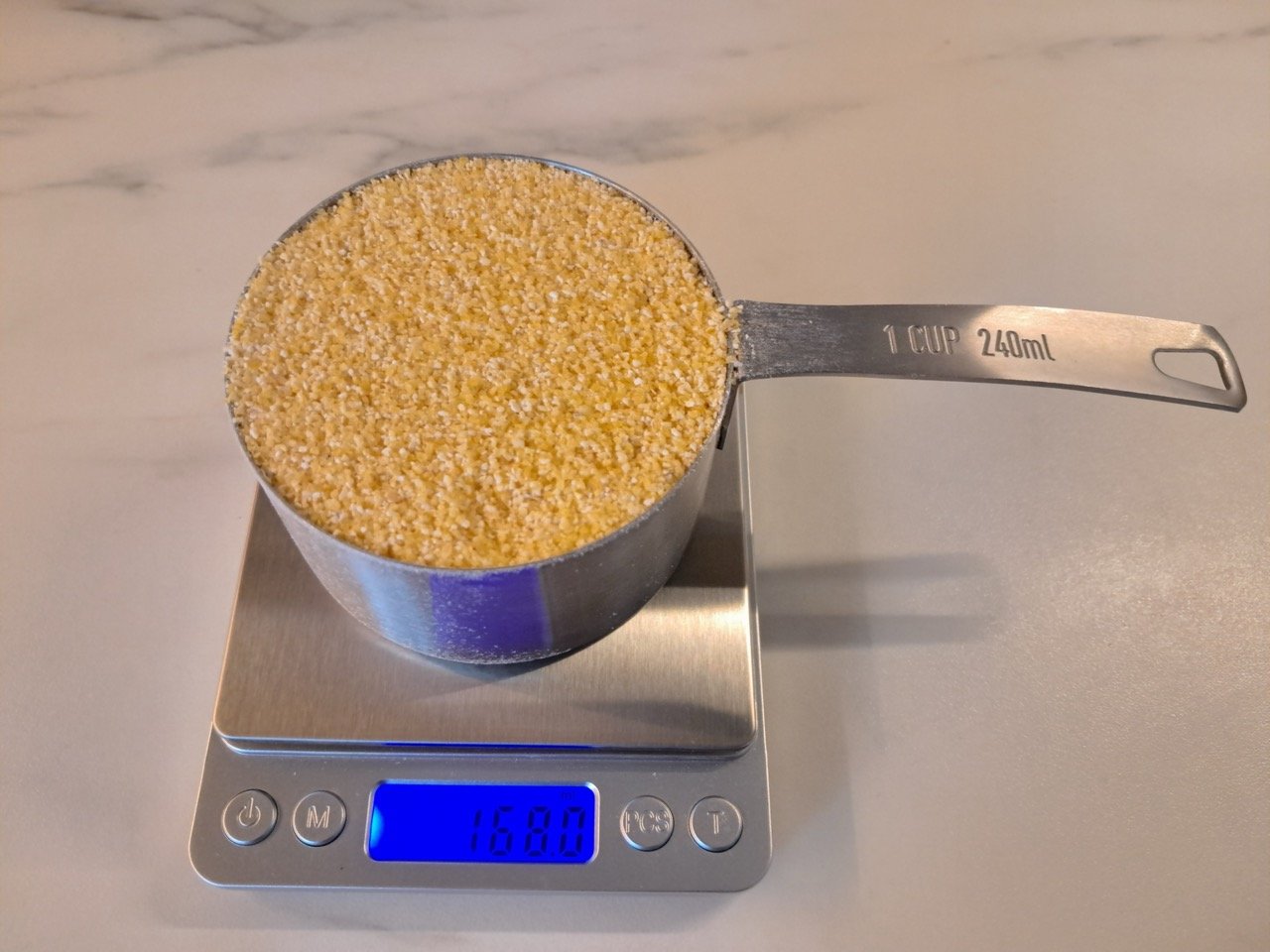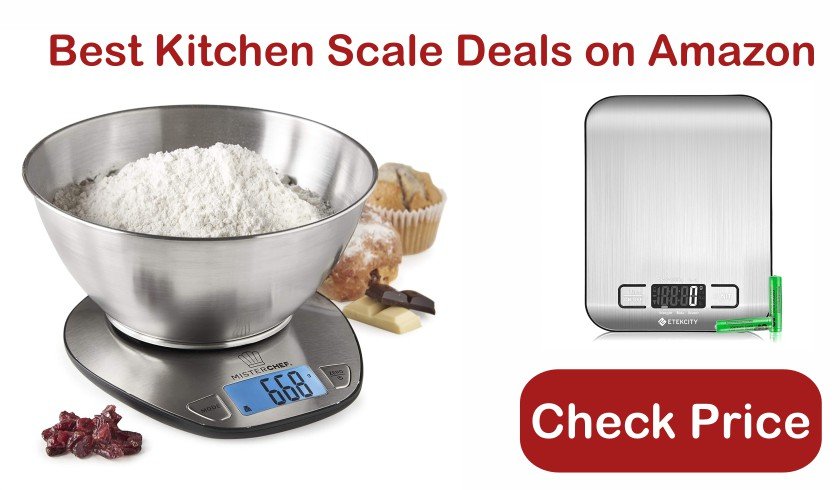Cornmeal is a cornerstone ingredient in many kitchens, known for its versatility and the unique texture it brings to dishes like cornbread, polenta, and fried foods. However, achieving the perfect consistency and flavor in your recipes often hinges on the precise measurement of cornmeal. Whether you’re adjusting a recipe to fit the type of cornmeal you have on hand or scaling a recipe up or down, understanding cornmeal conversion is essential for success in the kitchen.
Different types of cornmeal—fine, medium, and coarse—each have their own unique properties, which can significantly affect the outcome of your dish. Converting cornmeal from one measurement unit to another or substituting one type of cornmeal for another requires careful consideration. The density, absorbency, and even the flavor intensity of cornmeal can vary, making accurate conversions critical to replicating the intended texture and taste.
This article will guide you through the essential tools, techniques, and conversions needed for working with cornmeal. Whether you’re a seasoned cook or a beginner, mastering cornmeal conversions will empower you to create delicious, consistent results in your culinary endeavors.
Understanding Cornmeal
Cornmeal, a staple ingredient in many traditional dishes, is ground from dried maize (corn) and comes in various textures, each suited to different culinary applications. Whether you’re making Southern cornbread, Italian polenta, or using it as a crispy coating for fried foods, understanding the different types of cornmeal and their uses is key to mastering its conversion in the kitchen.
Types of Cornmeal
- Fine Cornmeal: Fine cornmeal has the texture of smooth sand and is often used in baked goods where a finer crumb is desired. This type is common in cornbread recipes that are meant to be soft and cake-like, as well as in pancakes, muffins, and some pie crusts. Fine cornmeal absorbs moisture quickly, so it’s important to use the correct measurements to avoid a dense or dry outcome.
- Medium Cornmeal: Medium-ground cornmeal is a versatile option that retains some of the grainy texture but is still relatively smooth. It is often used in cornbread, muffins, and as a base for polenta. Medium cornmeal provides a slightly gritty texture, which many people enjoy for its balance between smoothness and crunch. This texture also allows it to absorb flavors from liquids and fats well, making it a popular choice for both sweet and savory dishes.
- Coarse Cornmeal: Coarse cornmeal, also known as polenta in Italian cuisine, is the most textured and grainy of the three. It’s perfect for creating a hearty, rustic feel in dishes. Coarse cornmeal is ideal for making polenta, a traditional Italian dish, as well as for breading fried foods where a substantial crunch is desired. Due to its larger particle size, it absorbs liquids more slowly, which can impact cooking times and the final texture of your dish.
Common Uses in Cooking and Baking
- Cornbread: Cornbread is perhaps the most iconic dish associated with cornmeal. Depending on the region and personal preference, cornbread recipes might call for fine, medium, or coarse cornmeal, each producing a different texture. Fine cornmeal results in a tender, almost cake-like bread, while coarse cornmeal gives it a more rustic, gritty texture.
- Polenta: In Italian cuisine, polenta is a dish traditionally made from coarse cornmeal. It can be served creamy and soft, or allowed to cool and solidify, then sliced and grilled or fried. The type of cornmeal used, as well as the liquid-to-cornmeal ratio, plays a crucial role in the final texture and consistency of the dish.
- Breading and Coating: Cornmeal is also widely used as a coating for fried foods, such as fish, chicken, and vegetables. The type of cornmeal used can significantly affect the crunchiness of the coating. Coarse cornmeal gives a hearty, crispy crust, while fine cornmeal offers a lighter, more delicate crunch. Some recipes even call for a mix of cornmeal textures to achieve the perfect balance.
- Pancakes and Waffles: Cornmeal can be added to pancake and waffle batters to introduce a unique flavor and texture. Fine and medium cornmeal are typically used for this purpose, adding a pleasant graininess and subtle corn flavor without overwhelming the dish.
Nutritional Benefits of Cornmeal
Cornmeal is not just a versatile ingredient; it’s also nutritionally beneficial. It is a good source of complex carbohydrates, which provide sustained energy, and contains important nutrients such as iron, magnesium, and zinc. Cornmeal is also rich in fiber, which supports digestive health and helps maintain blood sugar levels.
- Whole-Grain vs. Degerminated Cornmeal: When choosing cornmeal, it’s important to note the difference between whole-grain and degerminated cornmeal. Whole-grain cornmeal retains the germ and bran, making it richer in nutrients and fiber. However, it has a shorter shelf life due to the higher oil content in the germ. Degerminated cornmeal has the germ and bran removed, giving it a longer shelf life but reducing its nutritional content.
- Gluten-Free and Low-Allergen: Cornmeal is naturally gluten-free, making it a great alternative for those with celiac disease or gluten intolerance. It is also low in allergens, making it suitable for most diets, though cross-contamination in processing facilities is something to be aware of for those with severe allergies.
Cornmeal Conversion Tables And Formulas
Cornmeal is also called coarse cornmeal, fine cornmeal, medium cornmeal, corn flour (US). All names refer to the same ingredient, so conversion rates shown below are valid for each of these.
Most Common Conversions for Cornmeal
- 1 teaspoon of cornmeal: 4 grams.
- 1 tablespoon of cornmeal: 11 grams.
- 1 US cup of cornmeal: 169 grams.
- 1 UK cup of cornmeal: 176 grams.
Cornmeal US Cups to Grams and Ounces
| US Cups of cornmeal (coarse cornmeal, fine cornmeal, medium cornmeal, corn flour (US)) | Amount in grams (g) | Amount in ounces (oz) |
|---|---|---|
| 1/8 cup | 21 g | 0.74 oz |
| 1/4 cup | 42 g | 1.49 oz |
| 1/3 cup | 56 g | 1.98 oz |
| 3/8 cup | 63 g | 2.23 oz |
| 1/2 cup | 84 g | 2.98 oz |
| 5/8 cup | 105 g | 3.72 oz |
| 2/3 cup | 113 g | 3.97 oz |
| 3/4 cup | 127 g | 4.47 oz |
| 7/8 cup | 148 g | 5.21 oz |
| 1 cup | 169 g | 5.95 oz |
| 2 cups | 338 g | 11.91 oz |
| 3 cups | 506 g | 17.86 oz |
| 4 cups | 675 g | 23.81 oz |
| 5 cups | 844 g | 29.77 oz |
| 6 cups | 1013 g | 35.72 oz |
| 7 cups | 1181 g | 41.67 oz |
| 8 cups | 1350 g | 47.63 oz |
| 9 cups | 1519 g | 53.58 oz |
| 10 cups | 1688 g | 59.54 oz |
Cornmeal UK Cups to Grams and Ounces
| UK Cups of cornmeal (coarse cornmeal, fine cornmeal, medium cornmeal, corn flour (US)) | Amount in grams (g) | Amount in ounces (oz) |
|---|---|---|
| 1/8 cup | 22 g | 0.78 oz |
| 1/4 cup | 44 g | 1.55 oz |
| 1/3 cup | 59 g | 2.07 oz |
| 3/8 cup | 66 g | 2.33 oz |
| 1/2 cup | 88 g | 3.1 oz |
| 5/8 cup | 110 g | 3.88 oz |
| 2/3 cup | 117 g | 4.13 oz |
| 3/4 cup | 132 g | 4.65 oz |
| 7/8 cup | 154 g | 5.43 oz |
| 1 cup | 176 g | 6.2 oz |
| 2 cups | 352 g | 12.4 oz |
| 3 cups | 527 g | 18.6 oz |
| 4 cups | 703 g | 24.81 oz |
| 5 cups | 879 g | 31.01 oz |
| 6 cups | 1055 g | 37.21 oz |
| 7 cups | 1231 g | 43.41 oz |
| 8 cups | 1407 g | 49.61 oz |
| 9 cups | 1582 g | 55.81 oz |
| 10 cups | 1758 g | 62.02 oz |
Cornmeal Tablespoons to Grams and Ounces
| Tbsp of cornmeal (coarse cornmeal, fine cornmeal, medium cornmeal, corn flour (US)) | Amount in grams (g) | Amount in ounces (oz) |
|---|---|---|
| 1/4 tbsp | 3 g | 0.09 oz |
| 1/3 tbsp | 4 g | 0.12 oz |
| 1/2 tbsp | 5 g | 0.19 oz |
| 1 tbsp | 11 g | 0.37 oz |
| 2 tbsp | 21 g | 0.74 oz |
| 3 tbsp | 32 g | 1.12 oz |
| 4 tbsp | 42 g | 1.49 oz |
| 5 tbsp | 53 g | 1.86 oz |
| 6 tbsp | 63 g | 2.23 oz |
| 7 tbsp | 74 g | 2.6 oz |
| 8 tbsp | 84 g | 2.98 oz |
| 9 tbsp | 95 g | 3.35 oz |
| 10 tbsp | 105 g | 3.72 oz |
Cornmeal Teaspoons to Grams and Ounces
| Tsp of cornmeal (coarse cornmeal, fine cornmeal, medium cornmeal, corn flour (US)) | Amount in grams (g) | Amount in ounces (oz) |
|---|---|---|
| 1 tsp | 4 g | 0.12 oz |
| 2 tsp | 7 g | 0.25 oz |
| 3 tsp | 11 g | 0.37 oz |
| 4 tsp | 14 g | 0.5 oz |
| 5 tsp | 18 g | 0.62 oz |
| 6 tsp | 21 g | 0.74 oz |
| 7 tsp | 25 g | 0.87 oz |
| 8 tsp | 28 g | 0.99 oz |
| 9 tsp | 32 g | 1.12 oz |
| 10 tsp | 35 g | 1.24 oz |
Metric vs. Imperial Conversions
When working with cornmeal in the kitchen, it's essential to be adept at converting between the metric and imperial systems of measurement. This skill ensures accuracy in following recipes from different culinary traditions around the world.
The metric system, commonly used around the world, measures cornmeal primarily in grams and kilograms. This system is favored for its simplicity and ease of scaling.
Predominantly used in the United States, the imperial system measures cornmeal in tablespoons and teaspoons. While not as straightforward as scaling, it is deeply integrated into many traditional American recipes.
Common Measurement Units for Cornmeal
Cornmeal can be measured by either volume or weight. Coarse ingredients, such as cornmeal, are best measured by weight (grams or kg), becase measuring them by volume is the most unreliable method as diferent measurements can differ by even more than 10-20%.
Most typical volume measurements for cornmeal are:
- Teaspoons (tsp)
- Tablespoons (tbsp)
- Cups
Most typical weight measurements for cornmeal are:
- Ounces (oz)
- Grams (g)
- Kilograms (kg)
- Pounds (lbs)
How We Measure Cornmeal?
To make sure that our conversion rates are correct, we don't just copy data from other websites. We actually take at least 5 different measurements of 1 cup of cornmeal and use the average for calculations and conversion tables. Read more on our measurement methodology by clicking on this link.

